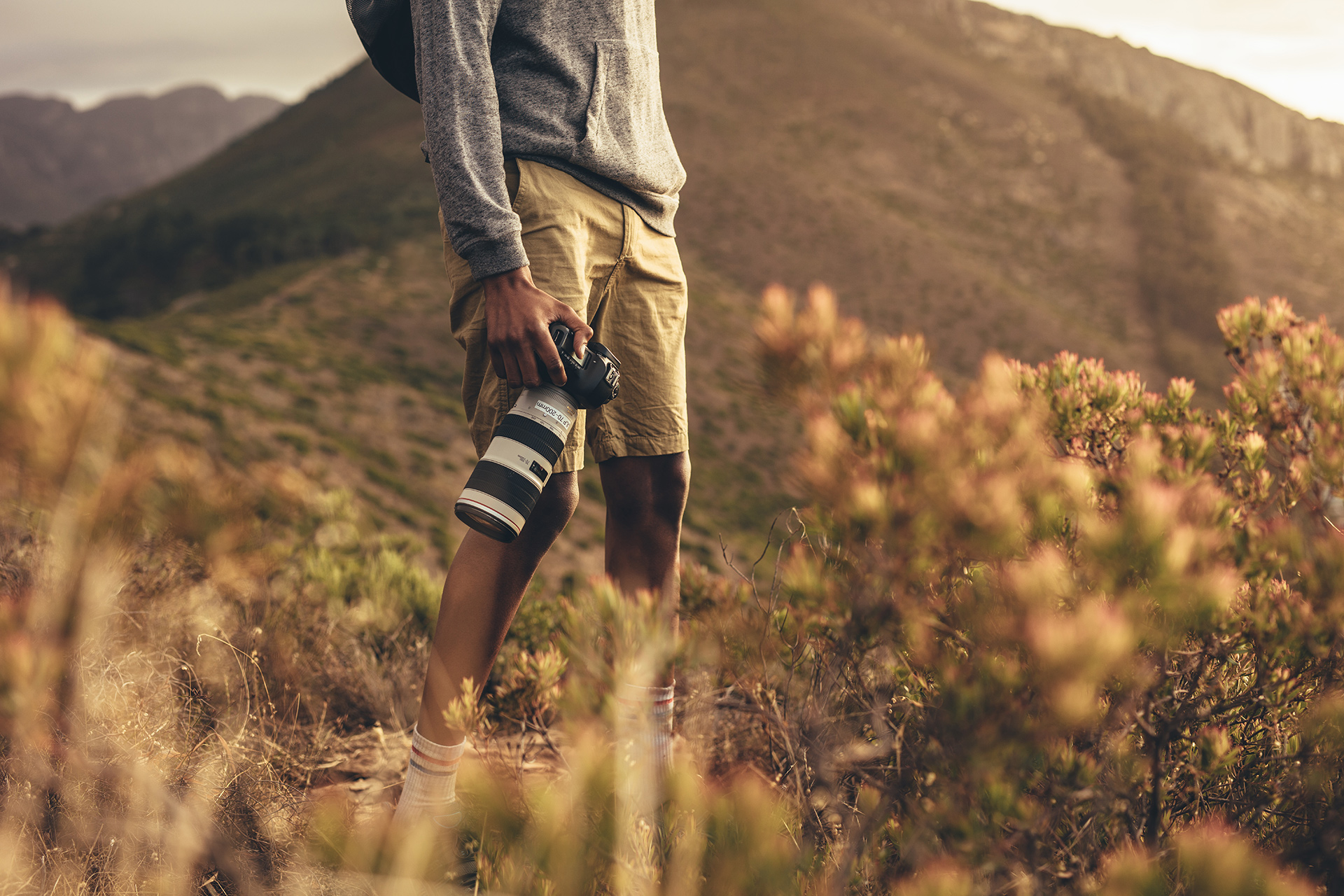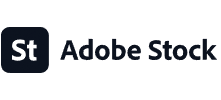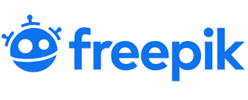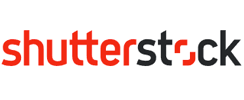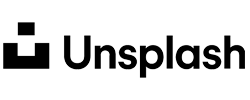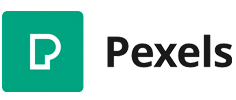Stock photo library review and tips
Our job as graphic designers is to make our clients’ brands look good. We help our clients tell authentic stories using photography and illustrations, which are an essential aspect of articulating authentic brand communication.
Below you will find useful background information on using stock photography as well as The Ethical Agency’s review of photo libraries.
Copyright 101: Unless you have downloaded a photo from a reputable library source with an associated usage license chances are, if you use it on your website, social media or print project you could face litigation for using the image unlawfully. It has happened to us and a client recently – so be aware 🙂 It is not worth the risk – always use reputable photo libraries such as listed below.
Stock photo libraries: what is royalty free image?
Royalty-free images contain a unique license – images can be licensed as a royalty-free image once, and then used in multiple situations (i.e print and web) and anywhere in the world, in perpetuity without having to renew the license. Royalty free images are usually low in price.
Stock photo libraries: what is a rights managed image?
Rights managed images are licensed according to usage – i.e. for a certain project, within a certain time frame, within a certain geographic location – if further usage is required later then one needs to pay additional licensing fees. Rights managed images are considerably more expensive than royalty free images but are often more exclusive and specific – i.e. more difficult to find as a royalty free image.
Stock photography considerations:
It’s often not possible to undertake professional photography for brands and campaigns., when using stock photography the following should be considered:
- Avoid using free libraries as the chances are those images are already widely used on the internet – i.e. you want to reduce the risk of other brands using the same images as you, and even worse, your competitors…
- Using overused stock images will cheapen the brand, we need to select images that are relevant to the brand’s function and performance.
- Free libraries are good for generic mood shots, backgrounds and images where the subjects are less recognisable
- Authenticity – try and find images that look like they could have been the result of a photo shoot for your brand – avoid images for which, if you take a second to consider, are likely to be seen as obvious “stock photography” images
- Ensure varied representation of subjects, people, topics – i.e. race, gender and age, or inside versus outside…
- Use people in your images – people relate and connect with people, and they will likely connect more to your campaigns if they include authentic looking people.
- Add design flair to your images – with the understanding that using a well known stock photography library means hundreds of thousands of other companies are using the same libraries, you want to “own” the images you use – one way you can do that is to add design flair and personality to your images – edit the images, add layers of design personality to your images (colour overlays, cut the subjects out of the photos and add the into other photos, scenes etc.) – this will help them stand out, and integrate seamlessly with your communications
- Change the image point of view – by doing this you can select images that are interesting and unique. This has the power to enhance the storytelling ability of the shot.
- Get off eye-level – explore images with a higher or lower point-of-view. Subtle changes in viewpoint can add a deeper meaning or feeling to an image. Go wide or or long – this usually shows people within their surrounding environment and helps to give more context to the image.
- Be part of the shot – this means that you view the photo from the angle of the subject and allows the viewer to feel like they are experiencing the event first hand.
- Choose images with space around the subject – for flexibility (adding copy to your images or being able to fade the background out more seamlessly).
- Pay attention to other brand campaigns to see if specific models are being used ubiquitously – avoid those models
- Avoid editorial use only photos – ensure you check that photos you download are not editorial use only as these photos don’t have model or property releases, which means they can’t be used for commercial, promotional, advertorial or endorsement purposes.
- Always download the largest sized version available as that is likely the highest resolution version
- Avoid images that are less than 1,920 pixel width on the longest side – this is the preferred minimum size specified by Google for websites
The best part about the photo libraries below is that you don’t need to exclusively use one library source and can use multiple as per your requirements. One finds that one library is better with certain images than the other and we, as an agency, often use two libraries simultaneously for a client or campaign for variety and scope.
The below information is based on The Ethical Agency’s first hand experience – any omissions and mistakes will happily be corrected – please email [email protected] for such considerations.
The best photo libraries for designers (and clients) according to The Ethical Agency:
Adobe Stock: 271 million photos and counting…
Pros: Great pricing, standard versus premium options. Contains photos, illustrations, vectors, videos, audio. Your Adobe account usable on 2 devices and therefore two people can share one account. Reputable designers use the Adobe Creative Suite of design applications (InDesign, Illustrator, Photoshop, XD). Adobe Stock integrates with Adobe Creative Suite. Most Standard images can be used commercially. Will offer first 3 months free if you ask.
Cons: Premium images are expensive
Pricing: US$29.99 /month (annual subscription)($49 per month if paid monthly) – 10 standard assets a month. Unused assets carry over to the next month. Additional photos (outside of your subscription cost $2.99.)
Website: https://stock.adobe.com
Freepik: 18 million Monthly unique users, 50 million Monthly views, 100 million Monthly downloads, 4,5 million Graphic resources
Pros: Great selection of photos, vector illustrations, icons and photoshop templates. Unlimited downloads. Account usable on 3 devices. Advanced search features. Global support – very fast live support. Great selection of series of images. Can search by colour –useful if looking for images of a certain tone. Inclusion of African/South African library content is on the rise
Tip: https://www.freepik.com/free-photos-vectors/pro – great selection of photoshop mock-ups for devices.
Pricing: 7.50 EUR* /month (89.99 EUR* every 12 months) or monthly 9.99 EUR* /month. Joint plan available with https://www.flaticon.com/ for premium icons for 149.00 EUR* every 12 months)
Cons: A lot of the content is free so use the PREMIUM content for greater exclusivity. Some images download as a zip file which adds another layer of work to have to unzip – fine with individual images here and there but a pain when downloading lots of images.
Website: https://www.freepik.com
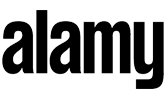
Alamy: One of the oldest stock photography agencies with 292,469,219 stock photos, vectors and videos and counting… 150,000 images added every day.
Pros: An impressive selection of unique content including South African/African, celebrity, sport, entertainment and historical images. Advanced search features. Website available in multiple languages – English, German, French, Italian, Spanish.
Cons: Individual image licenses starting at $49.99 per image for commercial use and that is only for use on a website), licensing of images is expensive, no subscription options. Most/many images require a rights-managed license which only lets you use an image for a certain project, within a certain time frame, and only in a certain geographic location, whereas royalty free images can be used much more freely.
Pricing: Starting at $19.99 per image (presentation or newsletters), website image usage: $49.99
Website: https://www.alamy.com
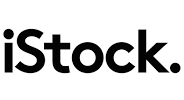
iStock: One of the most well known and popular libraries (owned by https://www.gettyimages.com) – video, photos, illustrations, music. 141 million photos and counting…
Pros: Credits do not expire as long as you log-in once a year. Search by image or video (Like Google image search). Extremely high number of images searchable. Advanced search features. offers content that is unique to their site (“Signature” line of images) which are exclusive to iStock (over 8 million) and can’t be found in any other photo stock agency. Offers multiple image resolution options, all in high quality. South African support contact number. Two-tiered pricing (On Demand credits versus subscriptions). ‘Reverse’ search by image available, great for finding similar images and image libraries.
Pricing: 10 Downloads per month – $29 (annual fee), $40/month (includes essentials images only)
Cons: To purchase individual images you need to purchase credit packs which can be confusing. I.e. images are worth different credit amounts, although on average we have found most images cost 3 credits which is $33
Website: https://www.istockphoto.com
Shutterstock: 400 million+ images, videos, and music tracks – another very popular and well know library.
Pros: Extremely high-resolution images. Array of print and social media ready to go templates. Good selection of image curated categories including people, business, medical editorial, celebrity, sports, vocational photos. Advanced search features, excellent keyword search results. Photo description on hover – saves time. Live chat. Good quality image selections and choice. Large volume of free royalty free images.
Cons: Single user only. Doesn’t provide exclusive content, so it’s likely that you can find the same images from their collections in a different agencies. On Demand image prices are expensive @ around $10 per image. Plans auto-renew so ensure you check their terms.
Pricing: Image Subscription. 10 Downloads per month US$49/month ($29 per month if paid annually)
Website: https://www.shutterstock.com
Free Photo library resources
Unsplash: Over 3 million free high-resolution images brought to you by the world’s most generous community of photographers.
Pros: Good quality images. Creative and artistic photos that don’t look like typical stock images. Great for ambiguous and generic, high resolution images. Easy to use simple navigation. Over 1 million photos are available across countless categories including floral, professional, industrial, food, animals, and landscapes. Completely free to use. Has recently added a downloads history so you can see (if registered and logged in) which images you have downloaded ( a feature that most other photo libraries have always had).
Cons: Not the greatest commercially usable images for business i.e. healthcare and banking etc. As the images are free to use, you know these images are used extensively and therefore not unique. Search feature is not that advanced and could be better. Has advertising content (usually other paid photo libraries like Shutterstock, Adobe Stock or iStock – you can get tricked into clicking for a paid image when you were looking for a free image)
Pricing: Free.
Website: https://unsplash.com
Pexels: Roughly 3.2 million photos and videos, growing each month by 200,000 files.
Pros: Very similar to Unsplash – good quality royalty free images that don’t look like typical stock images. Can download different sized images. Can follow contributors for access to photographers who’s work you like, Easy to use simple navigation. Has a useful leaderboard of photographers (contributors) viewed and downloaded the most. Shows you how many people have downloaded each image. Contains a vast array of categories and collections from sea life to digital design, website development, fashion, colour, business, animals, backgrounds. Contains the following extensions: Chrome Extensions, Photoshop Plugin, Figma Plugin, Adobe XD Plugin, Sketch Plugin, Google Slides Add-On.
Tip: View any image and click on the info tab. You can see the hex (web) colours used in that image.
Cons: Categorisation can be further refined – search results are not advanced and can be difficult to find relevant images, Great for marketing style images but not as good for authentic storytelling content. Has advertising content (usually other paid photo libraries like Shutterstock, Adobe Stock or iStock – you can get tricked into clicking for a paid image when you were looking for a free image)
Website: https://www.pexels.com
